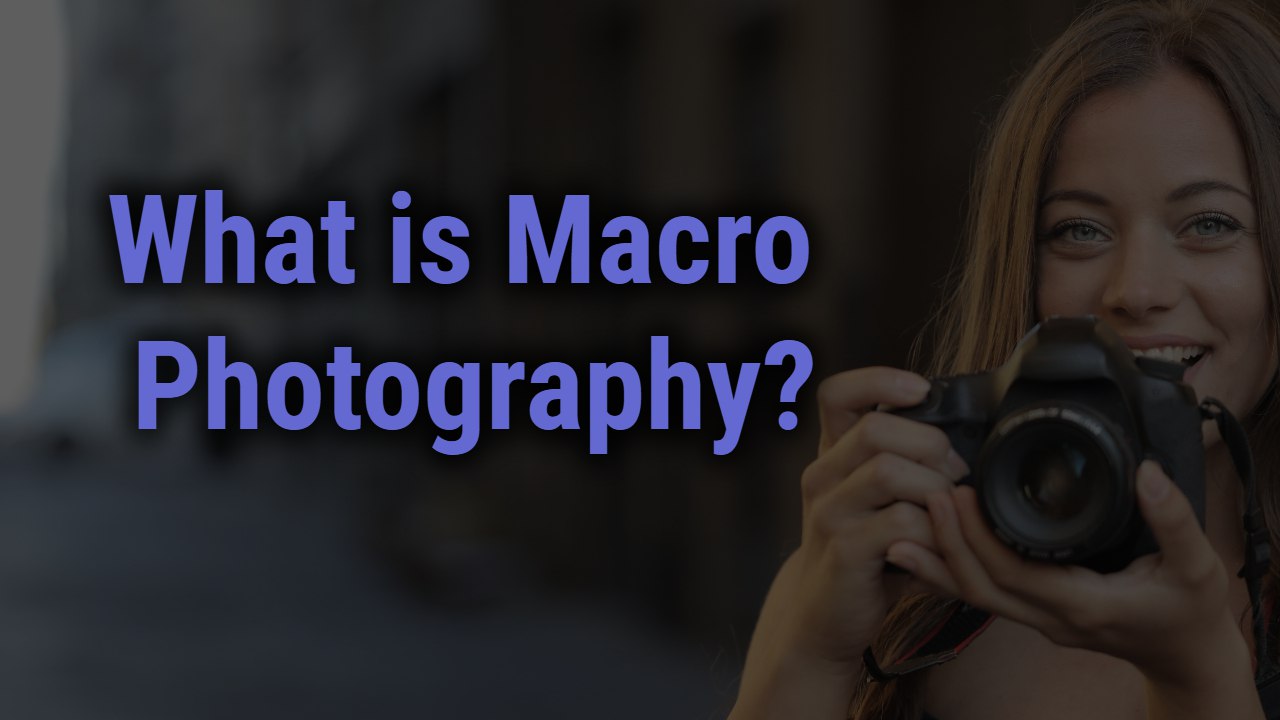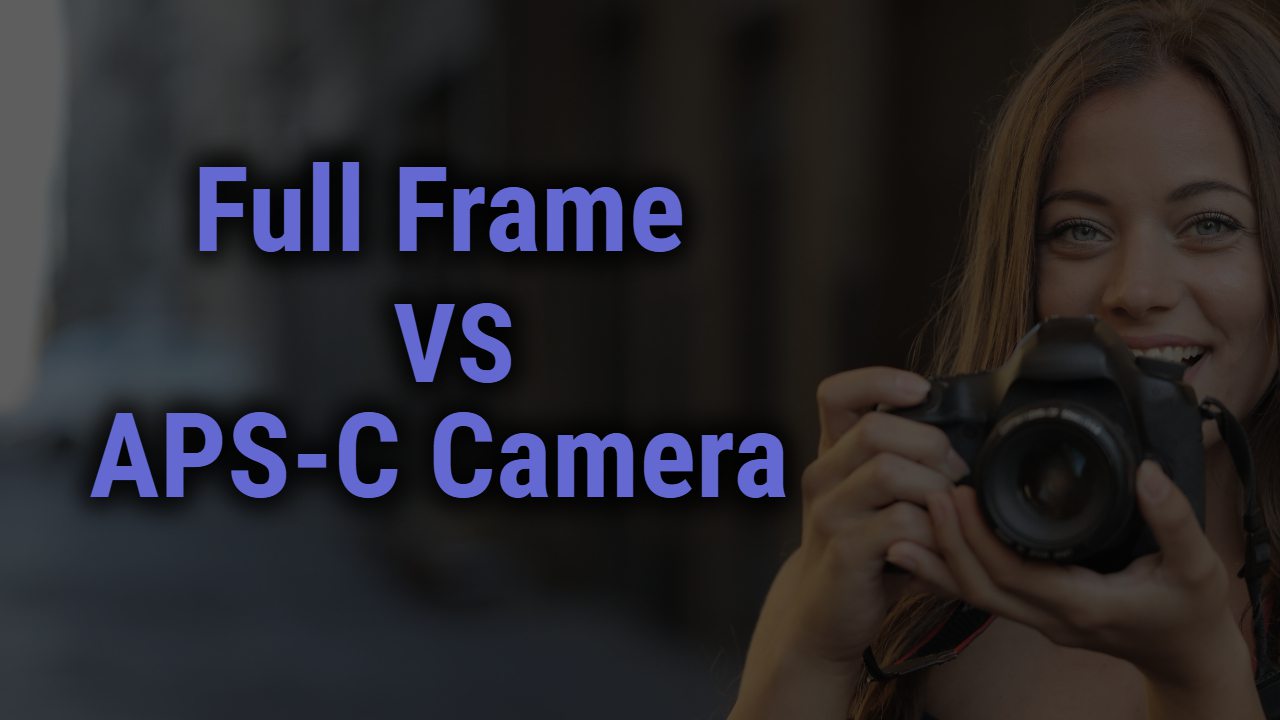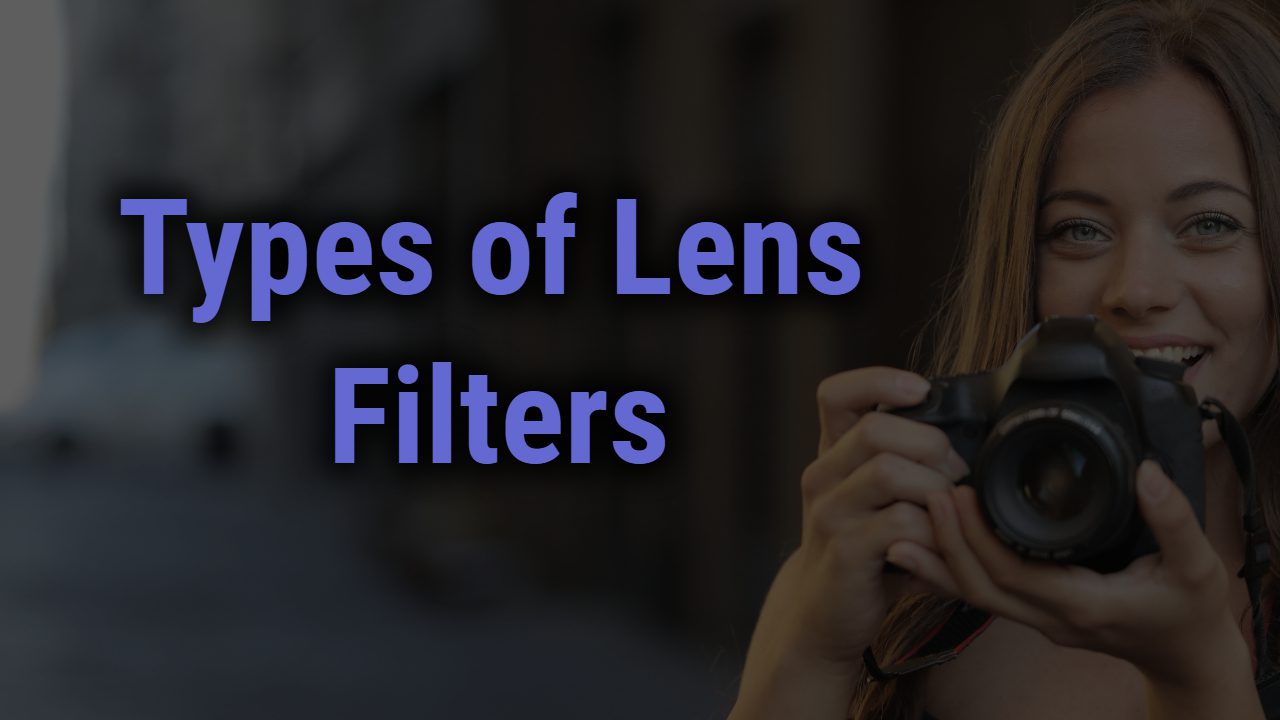There’s nothing more amusingly magnetic than the eye-catchy macro photographs and the optimistic vision hidden inside. They are the pure form of artistic vision that doesn’t require much experience or skill; it’s all wrapped within the magic of fingers.
Macro Photography came from the scientific pursuit associated with the microscopic details in the frame, one of the trickiest but most fascinating photography types. It’s not much different, just close-up photography.
One must be aware of every inch of macro photography before trying to shoot a macro subject that would raise their filming skill to at most level. Is it the tool, the theory, or secret hacks that exactly would nourish the macro photograph’s professionalism?
Please scroll down to get through the relevant piece of information about Macro photography and practice them in your daily shooting.
This Post Contains
What is macro photography?
In simple words, Macro photography is close-up photography of small subjects like bugs, flowers, and plants. Derived from the term micro, Macro photography is the close-up shooting developed to shoot the micro or tiniest details.
In simple words, it’s photography that allows the subject to be shot at 1:1 magnification filling up the whole frame. These represent life-sized imagery. The name signifies the photography showcasing a close-up vision and a detailed image of a small subject.
Macro photography came into existence in the 1990s, and at that time, photography included additional equipment like extension tubes or bellows to catch the closest shot.
Later on, in the 1950s, with the SLR camera invention, macro photography turned into the easiest and most straightforward path with the actual camera lens involvement.
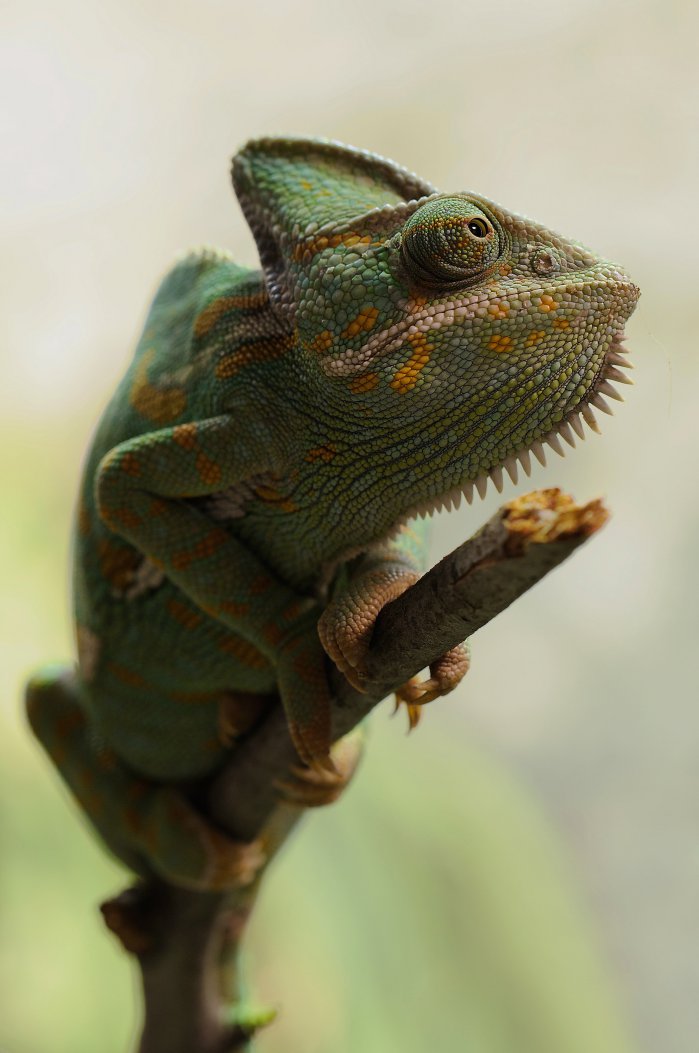
Macro Lens: Key factor of Macro photography
Macro photography is the most creative way to capture the details of the smallest subject possible. This magnificent vision of sharp, detailed-out picture shooting is all done with the macro lens.
Some of the users also claim that the extension tubes can be done just fine by enlarging the subject to the sensor and getting the closest footage, But the macro lens efforts are unquestionable.
The macro lens is designed to focus closest to the subject with a dedicated life-size reproduction (1:1) magnification to catch the beautiful shot.
These macro lenses come in several different variations in the market that are categorized on the basis of the focal length. Three major types of Macro lenses are
Short Macro Lenses– The lenses that have a focal length between 35mm to 50mm are subjected to short macro lenses. These lenses are the lightest and most inexpensive, and they need the photographer to stand up really close.
Intermediate macro lenses– The moderate lenses are the ones with a mid-range of 70mm to 105mm focal length, and they are quite flexible. These lenses don’t need you to stand closest to the subject, and they are also compact.
Long Macro lenses – These lenses are the longest with extended focal length, ideally between 135mm to 200mm. They are best at image quality and performance and can take pictures from the longest distance possible. But they are considerably heavy and expensive.
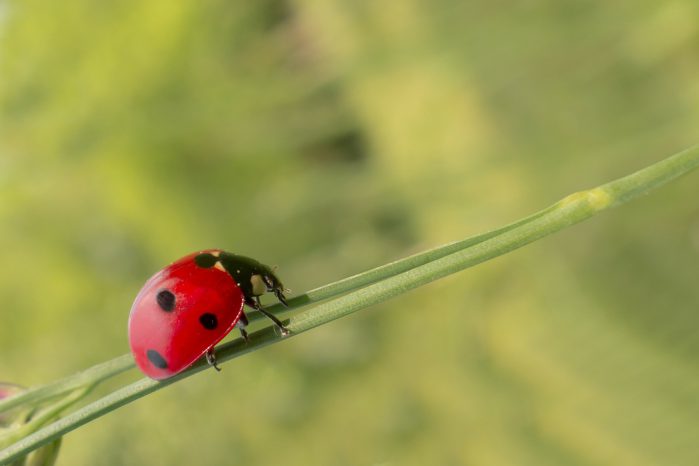
Know better about Macro shot stuff
There is a strict definition of macro photography, one that includes showing a subject slightly larger than the real-life appearance. This macro photography fascinates shooting indoor and outdoor scenes with better magnification to create life-size imagery.
Focal length– Macro photography uses a macro lens with a reasonable focal length. Ideally, the macro shot is taken with 50mm, 90mm, or even 150mm; it entirely depends on how creative and closed you want your subject to be shown in the frame.
Magnification– magnification is the key factor that changes the whole perspective of photography, the same way it does macro shooting. The insight into how big or small your subject will look on the camera sensor is what the magnification job description looks like. It’s the value you get when you compare your subject sizes as seen by the sensor to the actual size of the subject. The life-size image has 1:1 magnification, while half-life-size images have 1:2.
Depth of field– The aperture of the image in macro photography stays by the side of the moderate range to balance the light within, not too dark or not too light. Macro photography states the shallow depth of field because they highlight the subject and keep other stuff blurred in the back.
Distance– Another characteristic of macro photography is working distance; it’s the distance between the front of the lens and the nearest subject. This distance needs to be the smallest like 15cm is perfect for the macro shot. In macro photography, camera lenses work on 1:1 magnification, requiring the smallest working distance to catch the detailed vision.
Composition– It is crucially important to balance the compositional weight in the frame, meaning in macro photography, you have to exclude several details from the image, which merely states being aware of the background and the color combination to decorate the frame.
Three major key factors of Macro photography
Every success story has a hero and a lot of back support motivating and playing a part in their tale. Macro photography also has three major components that play the main card in nourishing a better shot.
Subject– Macro photography was invented for capturing the closest detail, one that the naked eye could not see in detail. These lenses have immense potential and versatility that cover a vast range of subjects. The right subject can be the key to expertise in macro photography. Macro photography suits best for
- Nature
- Portraits
- Food
- Products
- Insects
- Animal
- Luxury goods
- Flower
Lighting– Another significant factor of macro photography is the lighting; Adequate lighting can make things super creative. Lighting can be natural or artificial, but both intentions provide better illumination and exposure. The sun’s natural light is considered more beneficial than any artificial flash or strobes. So, try to plan your shoot accordingly.
Cloudy Midday– cloudy midday is an exception; it’s found creatively useful because the soft and flattering surrounding makes color vibrant in the image.
Sunny Mornings– Morning is also a wise choice; the golden hour, which is the first hour after sunrise, is the most used time by photographers.
Evening – Evening is also a great time to shoot macro subjects just because at that time you can experience a clear sky and beautiful light
Extension tube– Extension tubes are the ones that initiate macro photography at once; these are the advanced tools that can be used if you cannot afford the macro lens; They are highly innovative appliances designed to take close-up pictures.
Their configuration includes essentially hollow tubes that can attach to the lens in order to extend the focal length. These tubes are highly versatile and brought in the sets so they can be mixed and matched accordingly to the need.
Some advancements have improved their efficiency by establishing an electrical limb inside that offers an electrical connection between lens and camera, securing accuracy and durability.
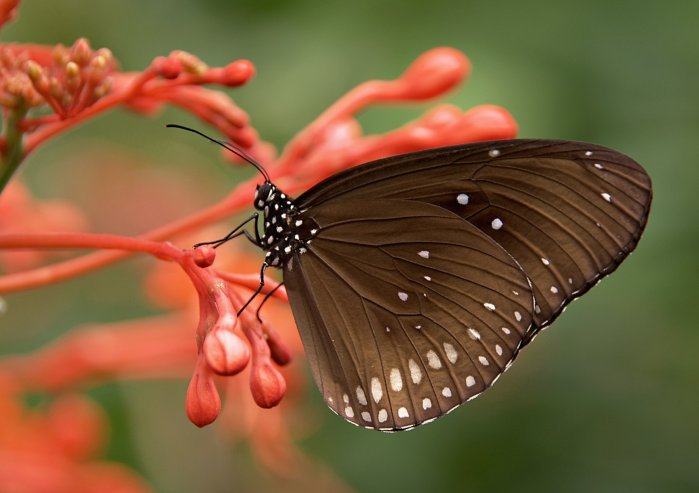
Some fascinating tips to make your macro photography better
With every other detail about macro photography, one must see how vastly it engages with its supremacy of framing the tiniest details; these lenses are best suited for close-up portraits, nature, flora and fauna creatures, and interior products sometimes.
To enhance the image quality and become the master of macro photography, tune in to these super effective macro photography tips and tricks.
- Planning– Always pre-planned your shoot, pick the best location and subject before the shoot, and always analyze the weather before to avoid any unnecessary interference.
- Stabilization– The only side-effect of macro photography is stabilization. So always carry additional stabilization tools like a tripod, gimbal, or any stabilizer to keep the camera from shakiness.
- Equipment– Generally, you will require a macro lens for macro photography, but in the absence of a lens, you can opt for an extension tube or even macro filters that mimic macro photography by enabling close focusing distance.
- Background– You can rely on an intimating macro shot if you pay extra attention to your image background. Keep things simple, positioned, and well-lit and with more artistic vision.
- Focus stack– Always prefer focus stacking; it’s an in-built feature that balances the depth of field and sharpness according to the scene requirement. If it’s unavailable at the time of the shooting, it can also be used in Photoshop.
- Angle vision– Macro shooting is all about the heavy artistic vibes; that subjectify trying out different angles and positions to make your picture interesting and less boring.
- Subject movement– While shooting macro photography, do not move the camera. If required during the shoot, you can smoothly move the subject but do not move the camera to prevent disbalancing, shakiness, and other unprofessionalism.
- Focus– Another key factor of macro shooting is going manual; opt for the manual focus override to achieve better-focusing results. Apart from that, you can also experiment with manual and other basic settings to get an improved result.
- Practice– And the last and ultimate point is to practice a lot; take a lot of shots with different creative visions, and eventually, you will find the best shot-distance macro footage.
Wrapping Up
So how does it feel after diving into the insightful ocean of macro photography? Or what thrill it gave to be a master of photography. Pretty wise, right?
So work no more now; engage with your advanced tool and intellectual tactic and get down to the macro shooting on the way to conquer it. Frame every single thing the naked eye can cover and weave the moment in the frame.
You have been armed with adequate tools and technique that allows you to aim to frame the unseen world in an amusing storytelling way. So let’s get started with the best equipment and theory and rule the world with the best imagery, giving a strong dose of creativity.

